BREAKFAST WITH THE OLD MAN OF THE FOREST
We spent our last day in Singapore exploring the best zoo we’ve ever been to: Singapore Zoo. This vast wildlife park houses more than 2,500 critters from all over the world and includes the largest captive colony of orangutans in the world. We even got to have breakfast with these orange-haired “men of the forest”*!
*In Malay “orang” means “person” or “man”, and “utan” means “forest”.
We’re not generally fans of zoos as most of them are sad affairs where animals are locked behind bars and trapped in small cages; Singapore Zoo, however, was a revelation. Spread over 26 hectares, this amazing wildlife sanctuary is home to 300 species of animals, all of them housed in wonderful large, naturalistic, open-air enclosures. Rather than bars and fencing separating us from the beasts, moats are used to keen the animals penned on their individual islands*. These moats house fish, aquatic reptiles, and amphibians, and the entire zoo is beautifully landscaped. Some animals are even allowed to roam completely free around the zoo! The end result is a wildlife park unlike any we’ve been to and a day trip that had us squealing in delight like children.
*Where fences are required, these are concealed with vegetation.
Our day at the zoo started nice and early, with a buffet breakfast at the zoo. The food was great, and the entertainment even better!
We were joined at breakfast by a dozen of Singapore Zoo’s youngest orangutans and got to watch them play and have their own breakfast as we had ours. It was so cool seeing these intelligent apes up close!
Native to Indonesia and Malaysia, orangutans are only found in the rainforests of Borneo and Sumatra. The species is critically endangered as their rainforest habitats are disappearing at an alarming rate due to deforestation and clearing of the land for pulp paper and palm oil plantations. Extinction in the wild is likely in the next 10 years, which makes conservations and breeding efforts like those being carried out at Singapore Zoo, all the more critical.
Orangutans are the most arboreal of the great apes and spend most of their time in trees, even sleeping in the trees in elaborate nests they build for themselves each night. They’re also incredibly intelligent and have seen to use tools to gather food like insects, eggs, honey, and fruits. The intelligence in their eyes was obvious today as we watched the young orangutans frolic beside us.
The orangutang encounter experience was narrated by a zoo staff member who told us some interesting facts about these marvellous apes. We learned that:
• Orangutans are the most solitary of the great apes, with social bonds occurring primarily between mothers and their offspring, who stay together for the first 2 years.
• They can live for over 30 years.
• Males are larger than females, weighing up to 130kg (females weigh about half that).
• Females are pregnant for about 9 months and generally give birth to just 1 baby at a time.
• Orangutans’ arms stretch out longer than their bodies – over 2 metres from fingertip to fingertip.
• When on the ground, they walk on all fours, using their palms or their fists.
• When male orangutans reach maturity, they develop large cheek pads, which female orangutans apparently find attractive.
• When males are fighting, they charge at each other and break branches. If that doesn’t scare one of them away, they grapple and bite each other.
• Like humans, orangutans have opposable thumbs. Their big toes are also opposable.
• Orangutans have very strong – about 5 times the strength of a human (of the same size/weight).
Once breakfast was done we watched the orangutans head back to their island home and set off to explore more of Singapore Zoo. First stop: Primate Island where we watched cute langurs, tiny white crested tamarins, ridiculous-looking proboscis monkeys, red-bummed macaques, ring-tailed capuchins, and loud-calling gibbons being fed their morning meal.
The scariest primate of all to watch was the mandrill, with his huge fangs and multi-coloured face paint.
Not all the primates were in this one area, some were in the African part of the zoo. There we got to see lions, zebra, giraffes, cheetah, rhinos, and warthogs, alongside a big troupe of baboons and a family of chimpanzees. Many of these animals are mostly active at night, so they weren’t doing much when we were there, but it was still great to see them so close.
Similarly some of the nocturnal Asian animals were fast asleep when we were there – including the ferocious wolverine. Not that he looked so scary when we saw him!
The Asian elephants were hugely popular, with hundreds of people flocking to watch the “Elephant at Work” show when it was on. The show demonstrates how these creatures were once used to aid loggers in moving heavy timber through the forest. We watched a little of the show, but decided to continue our explorations whilst most people were busy.
Thanks to the elephant show we had the rest of the zoo to ourselves for almost an hour, and got to see the other Asian creatures unencumbered. We saw tigers, tapirs, mischievous raccoon dogs (aka tanuki in Japan), tiny mouse deer, and the red-furred Malay river hog.
In the reptile section we got to walk through a large enclosure that housed a giant iguana. It was amazing to be able to get so close to this huge lizard.
Nearby there were 3m-long Kimodo dragons, giant turtles, and an emerald green anaconda from South America that stared at us with way too much interest!
The anaconda wasn’t the only South American resident of the zoo – we also got to get REALLY close to some Amazonian parrots, a slow-moving sloth, and flying foxes (i.e. fruit bats) walking through the rainforest enclosure.
The enclosure was also home to the cutest family of ring-tailed lemurs. Made famous by the the animated movie “Madagascar”, these prosimians survived on the island nation of the same name as there were no primates to compete with them for food and habitat*.
*Millions of years ago, before there were monkeys and apes on the planet, prosimians swarmed through rainforest treetops everywhere. Then monkeys evolved and out-competed the prosimians, most of which went extinct as a result. But because the Island of Madagascar has no monkeys or apes, dozens of lemur species still thrive there.
Our last stop for the day was the Australian part of the zoo where kangaroos, wallabies, a cassowary, tree kangaroo, and even a couple of koalas were freely roaming amongst the people. As you’d expect, the koalas were asleep*, but they were still pretty funny. Not as amusing, however, as the sign the zoo had up next to their enclosure warning about drop bears!
*As their diet of eucalyptus leaves is so nutrient-poor and hard to digest, koalas sleep most of the day.
By this stage it was mid-afternoon and we were pretty baked by the heat and humidity. Luckily the taxi we caught back to the city was air conditioned and by the time we got back to Orchard Road, we were refreshed and revived. Revived enough to go to the movies and spend our last afternoon in Singapore watching the the new Star Wars movie (which, by the way, is pretty cool – not as cool as breakfast with orangutans, but definitely worth seeing)!
Categories: Singapore
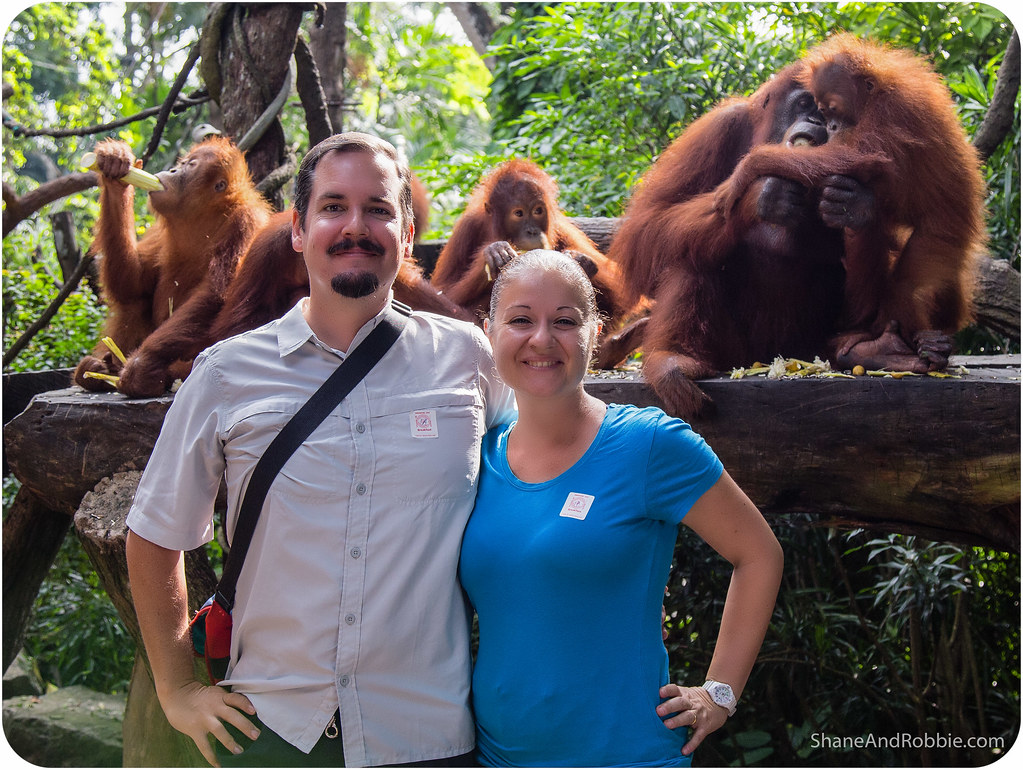

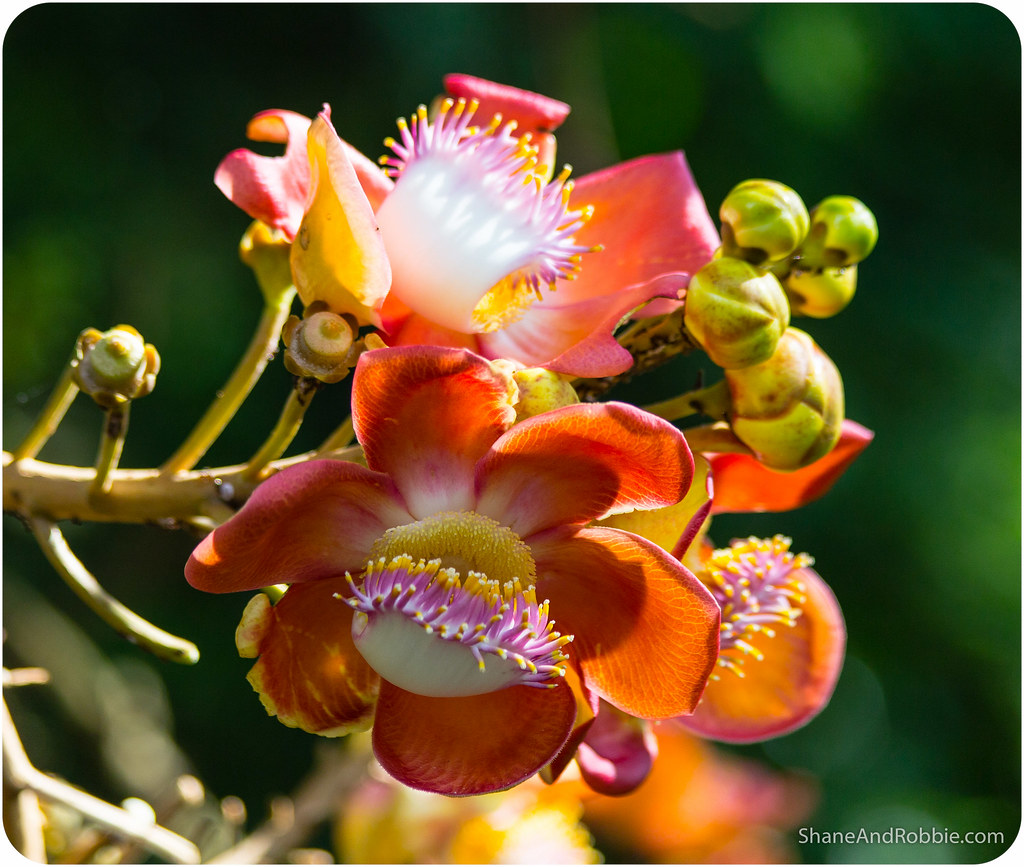
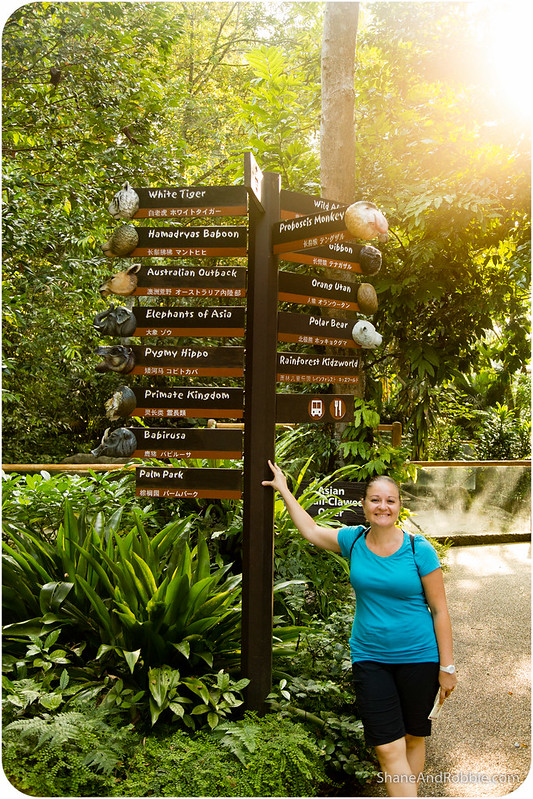

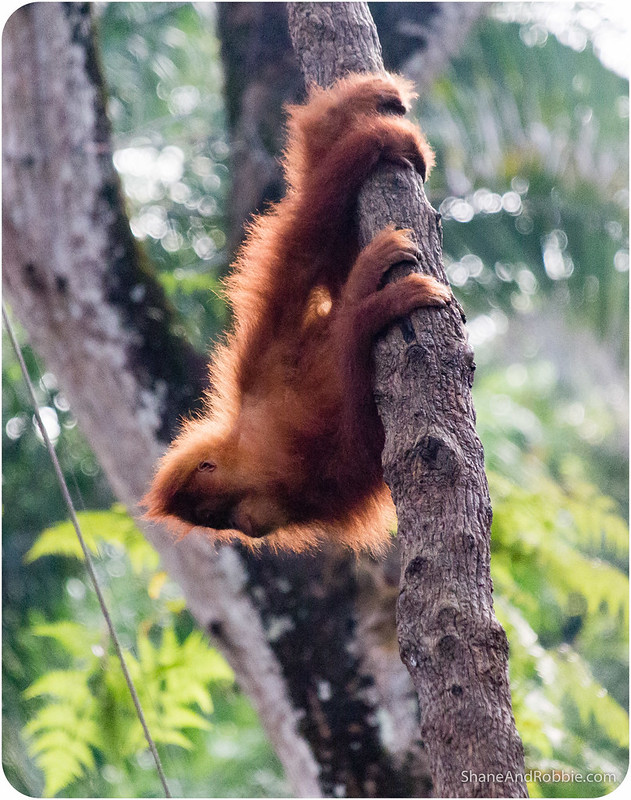
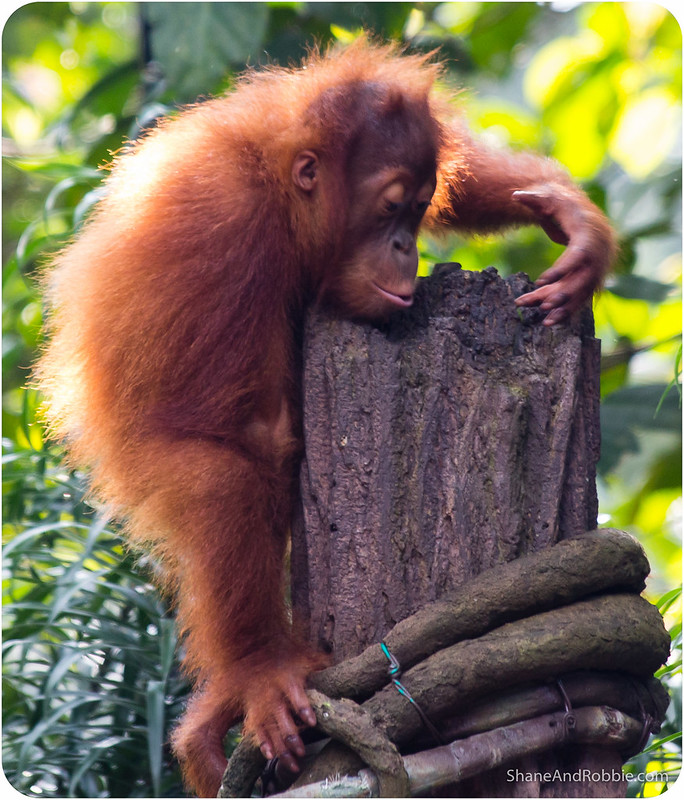


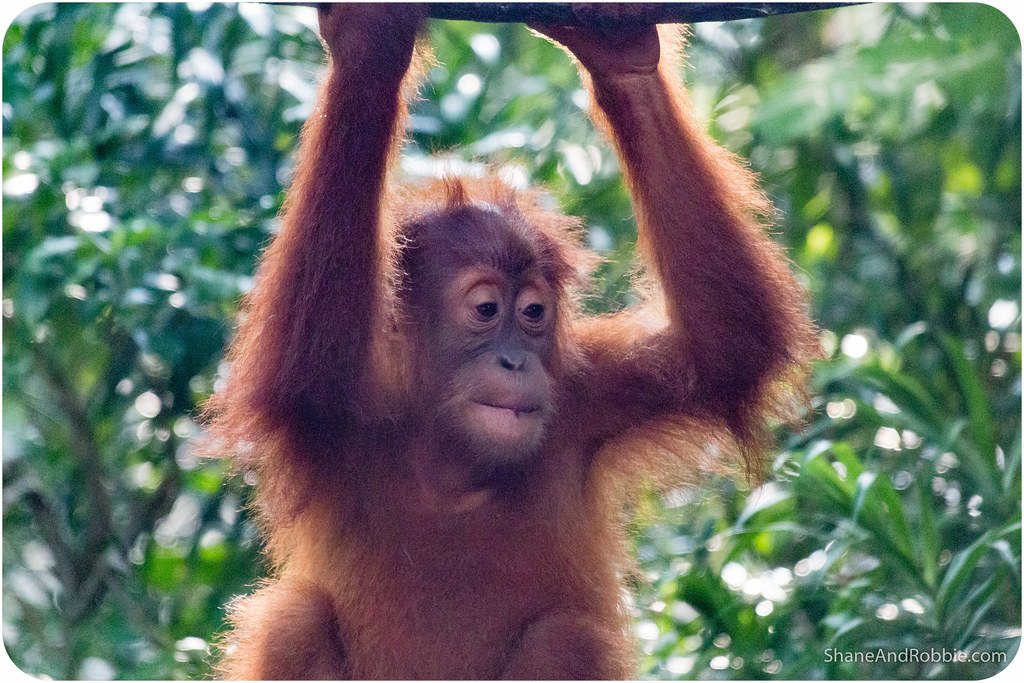
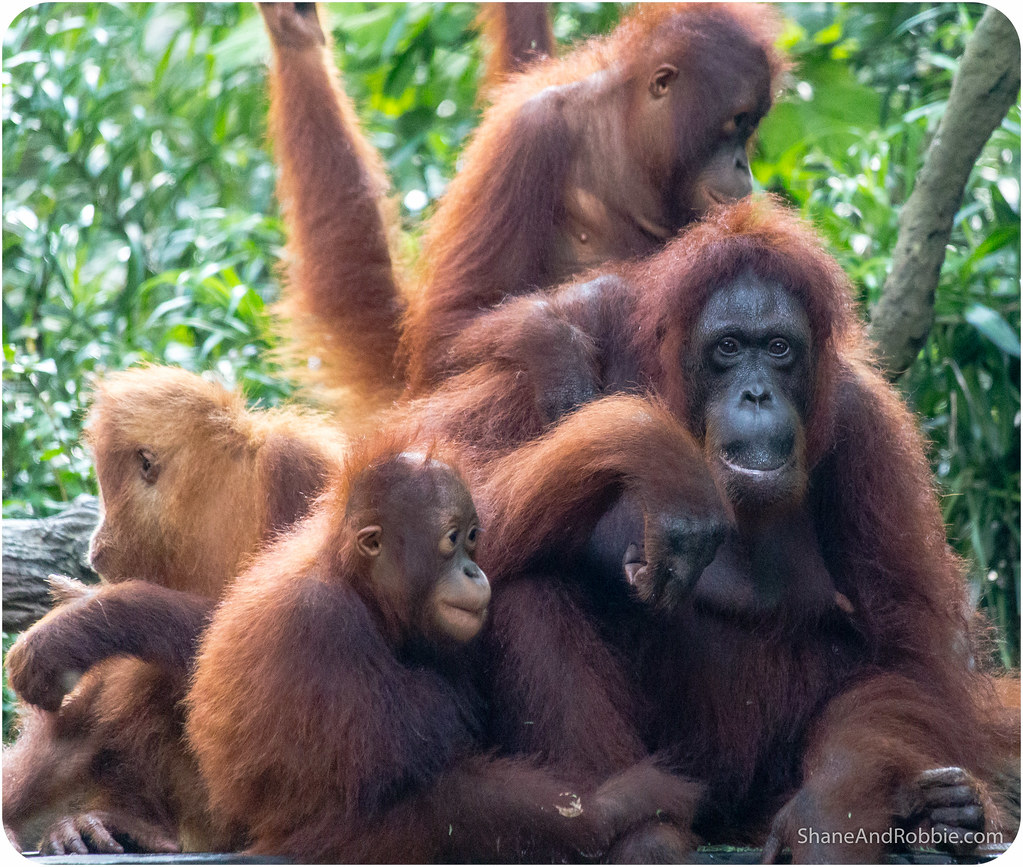
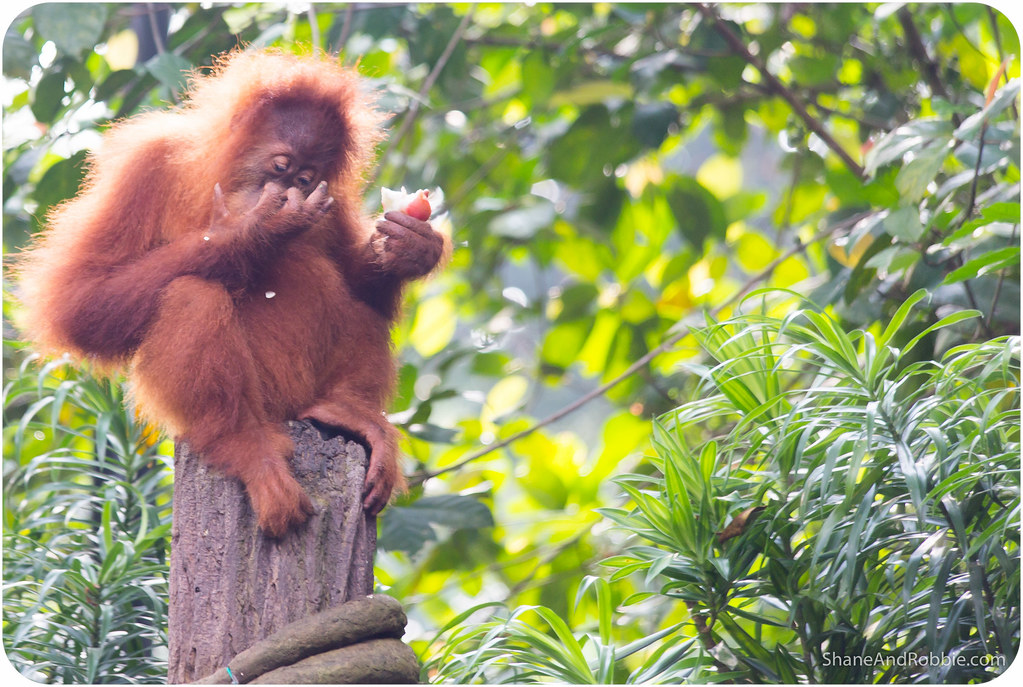
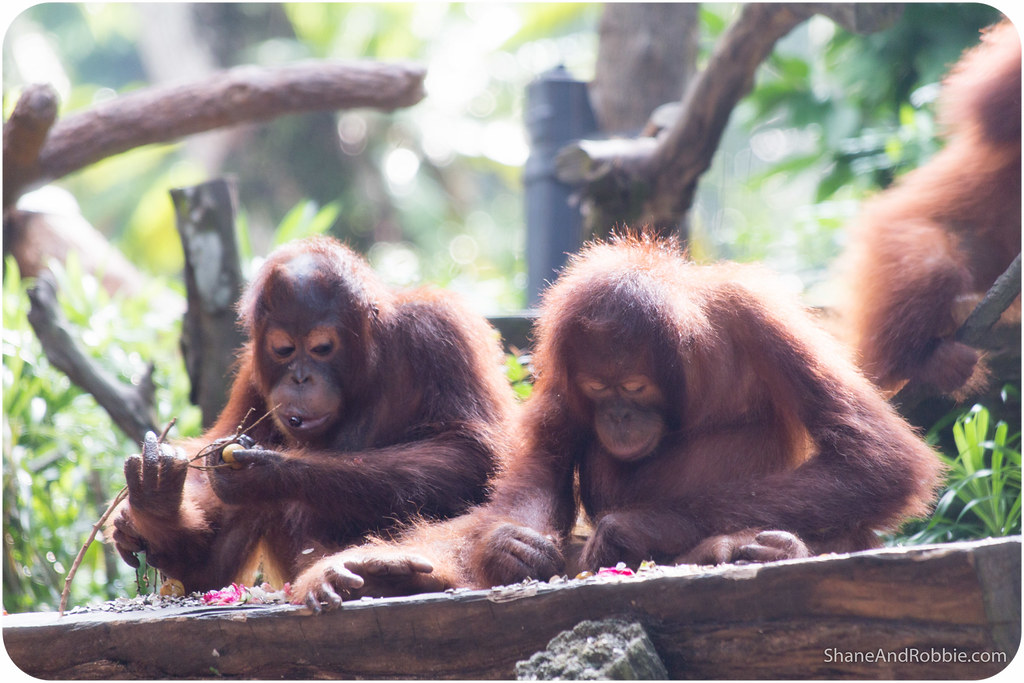
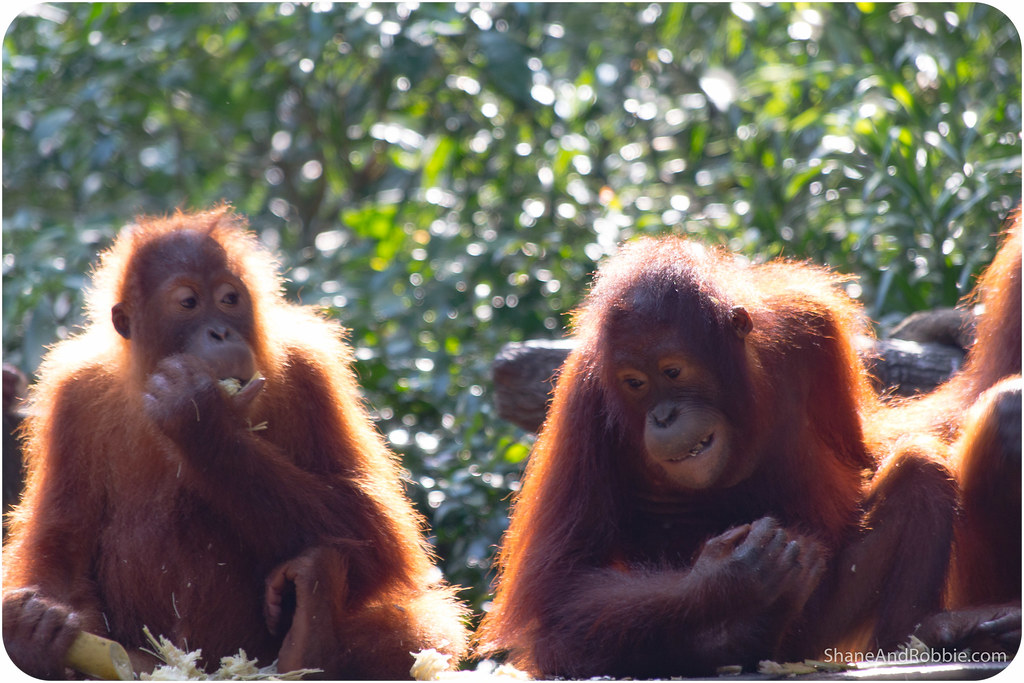

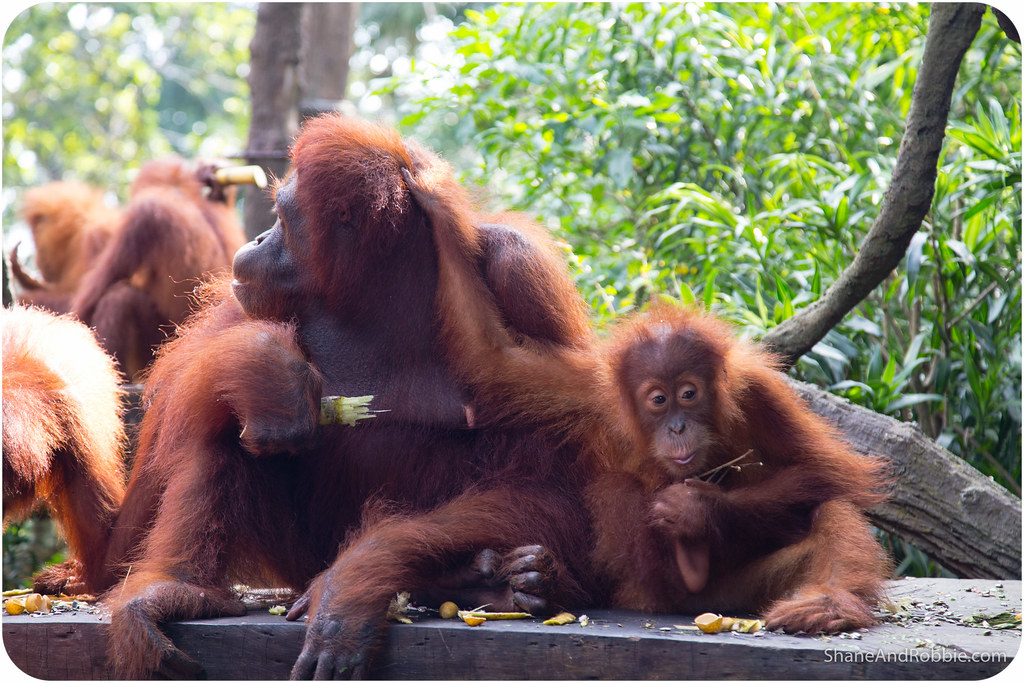
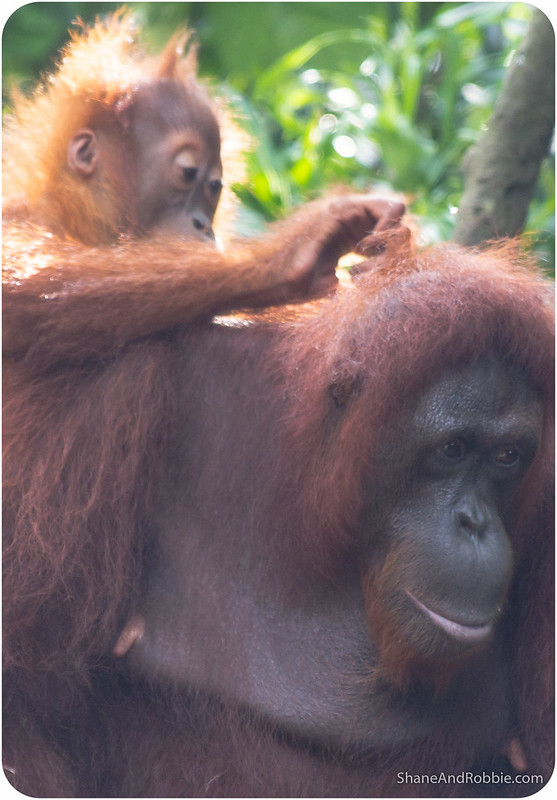
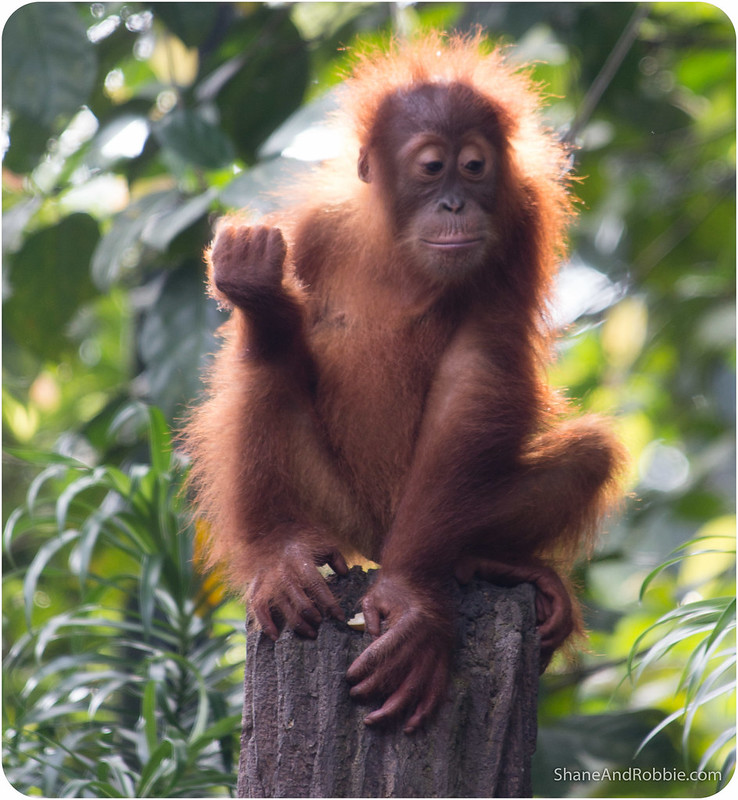
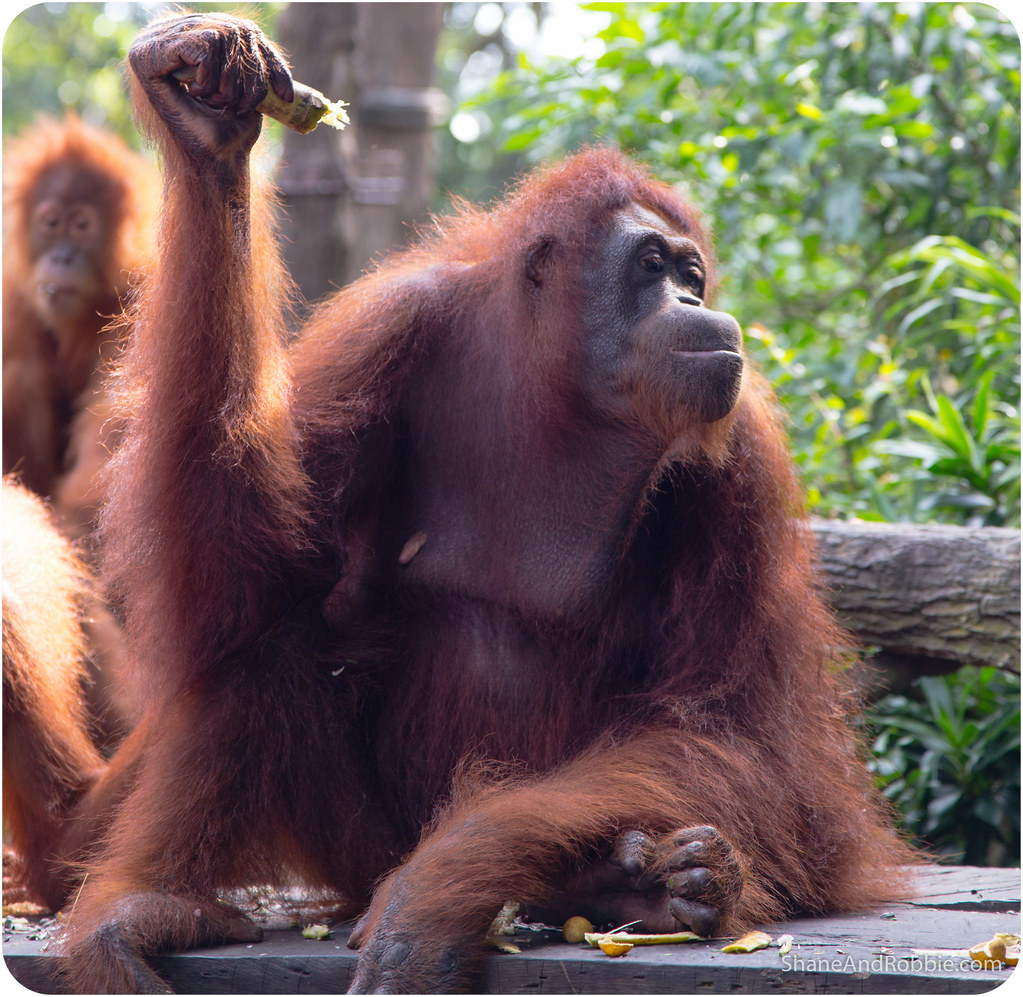
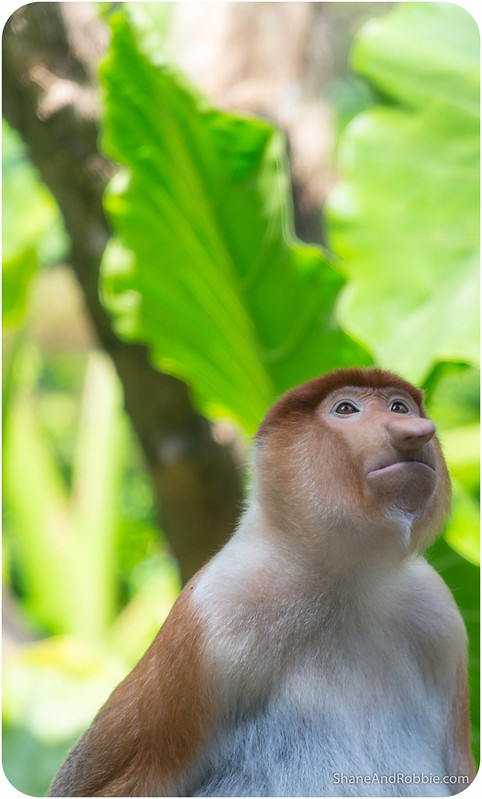

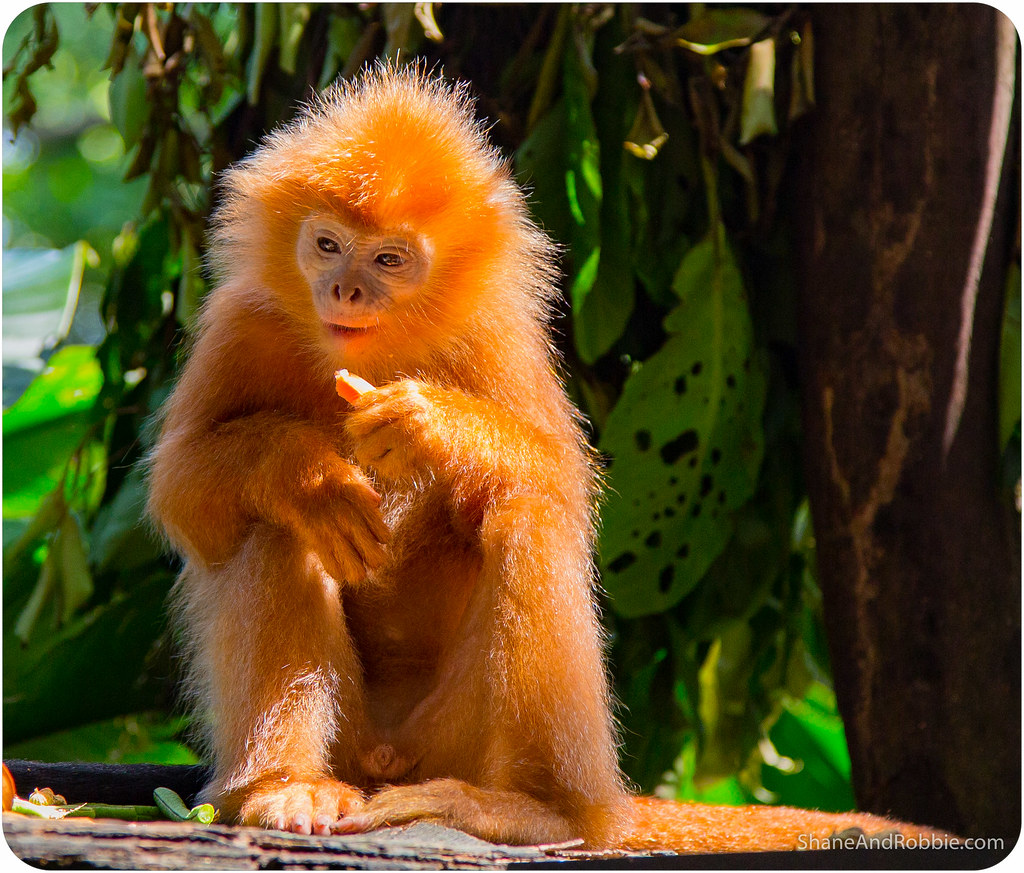
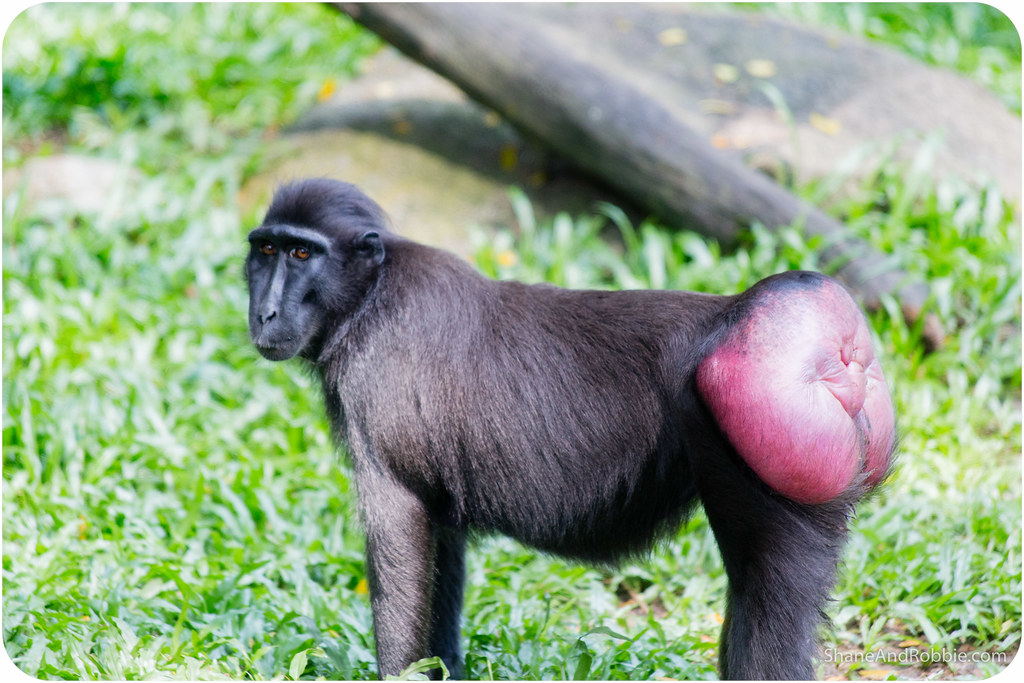

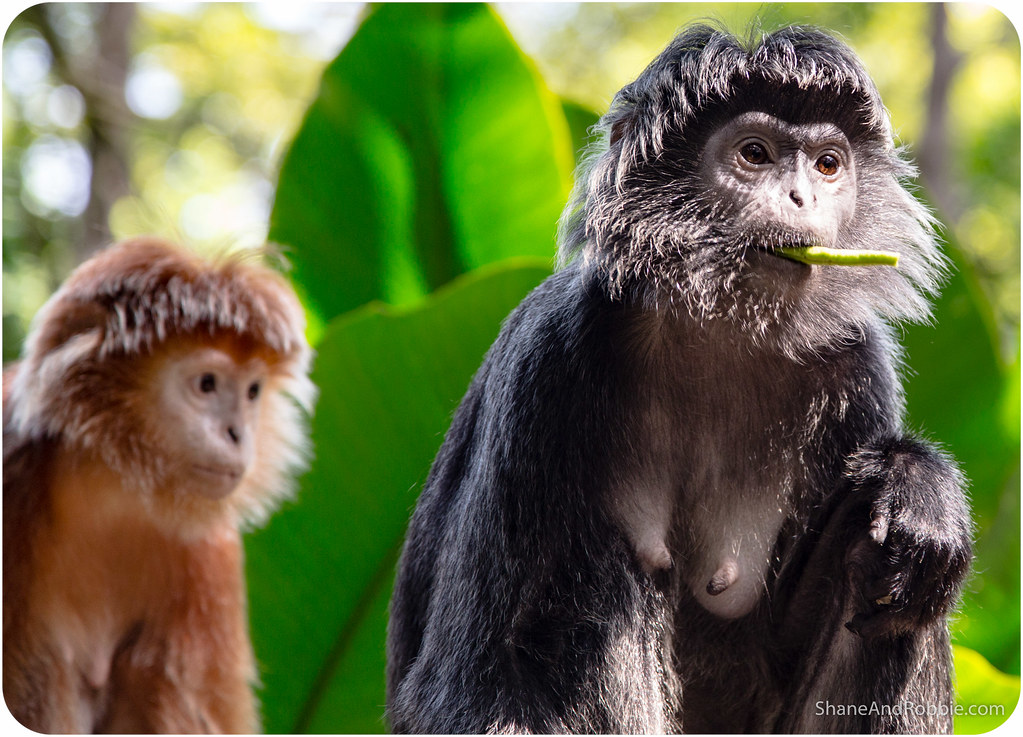
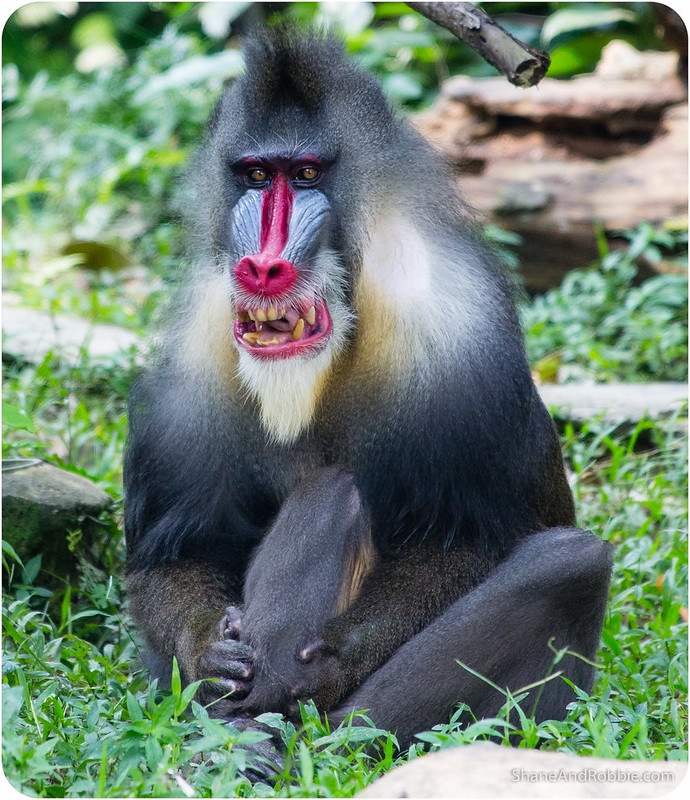
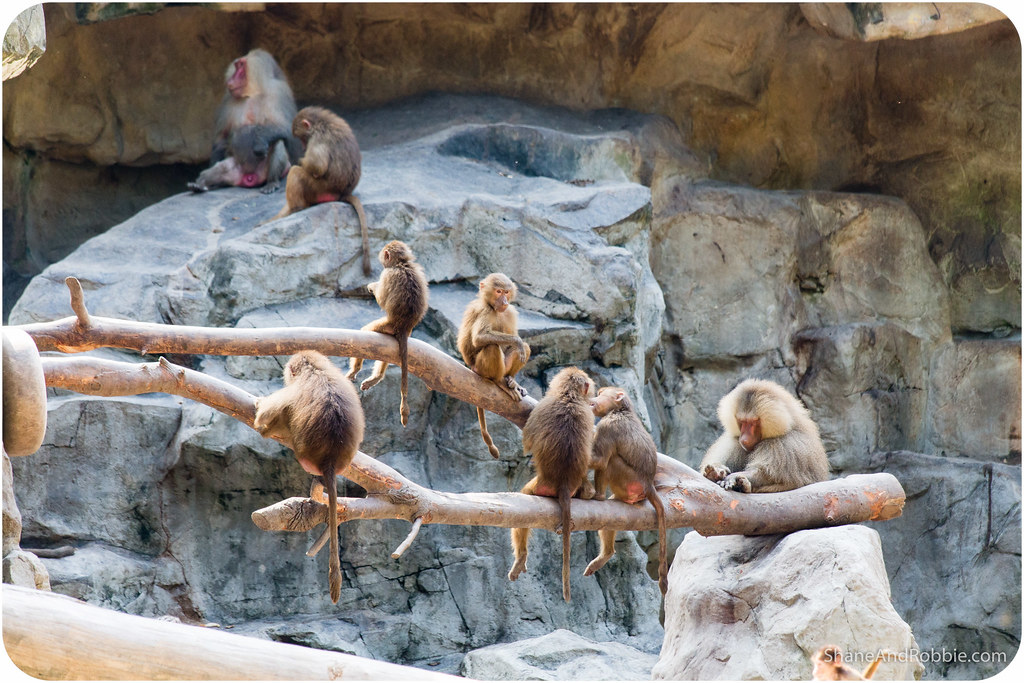
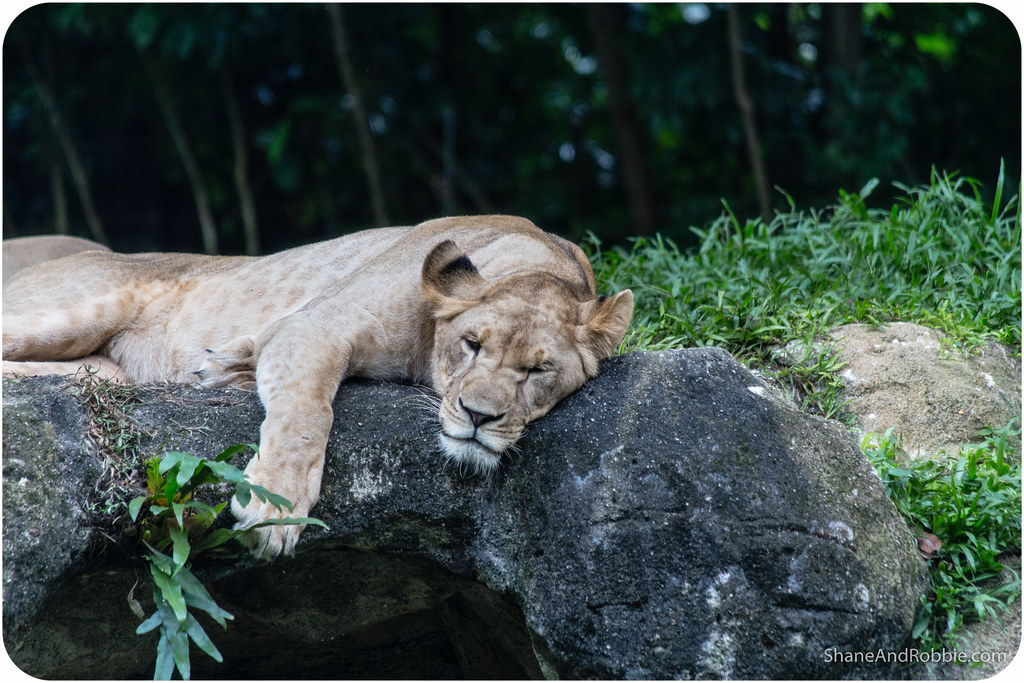
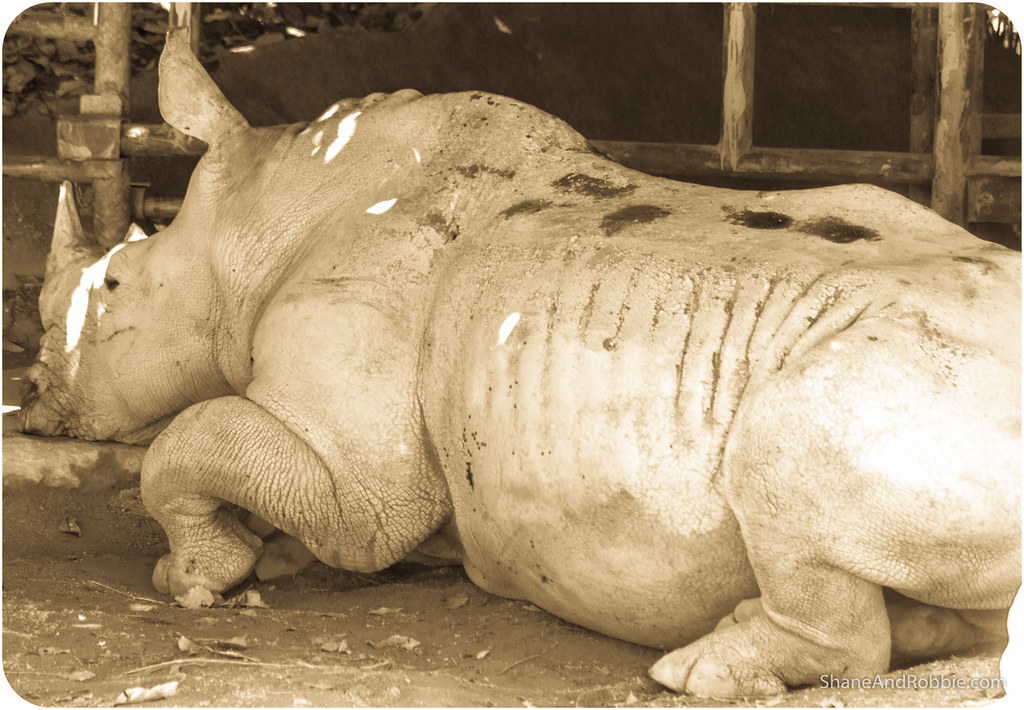
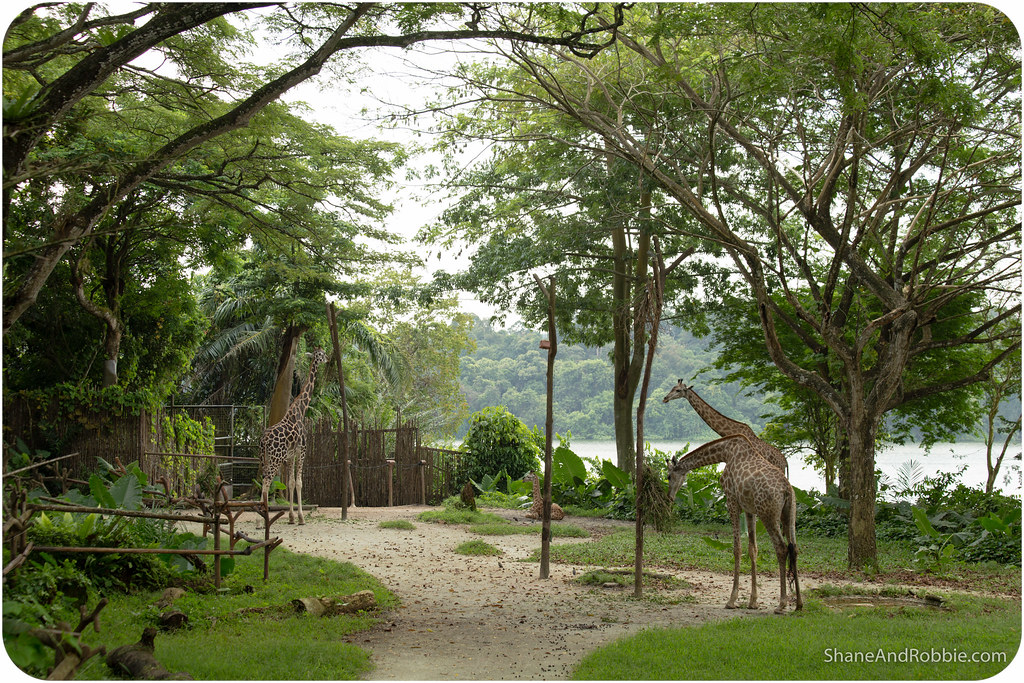
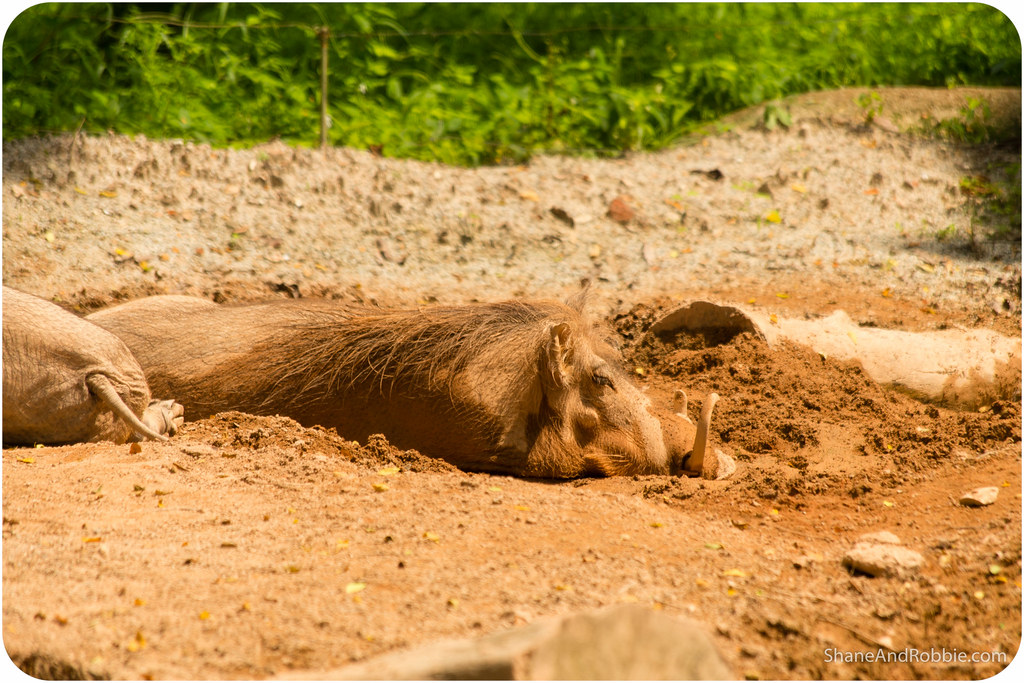
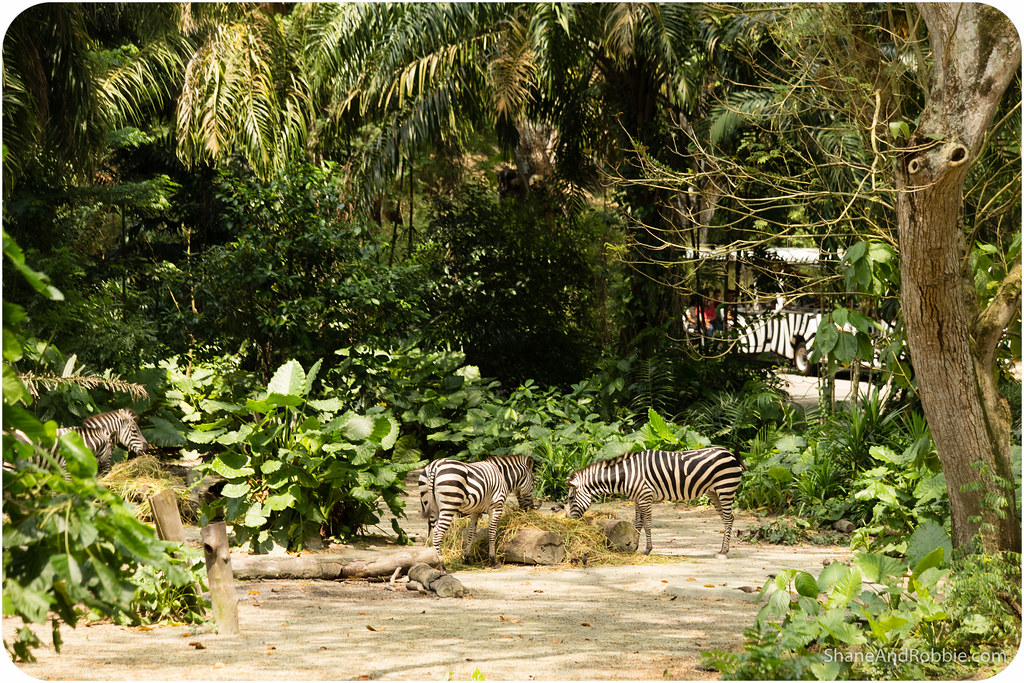
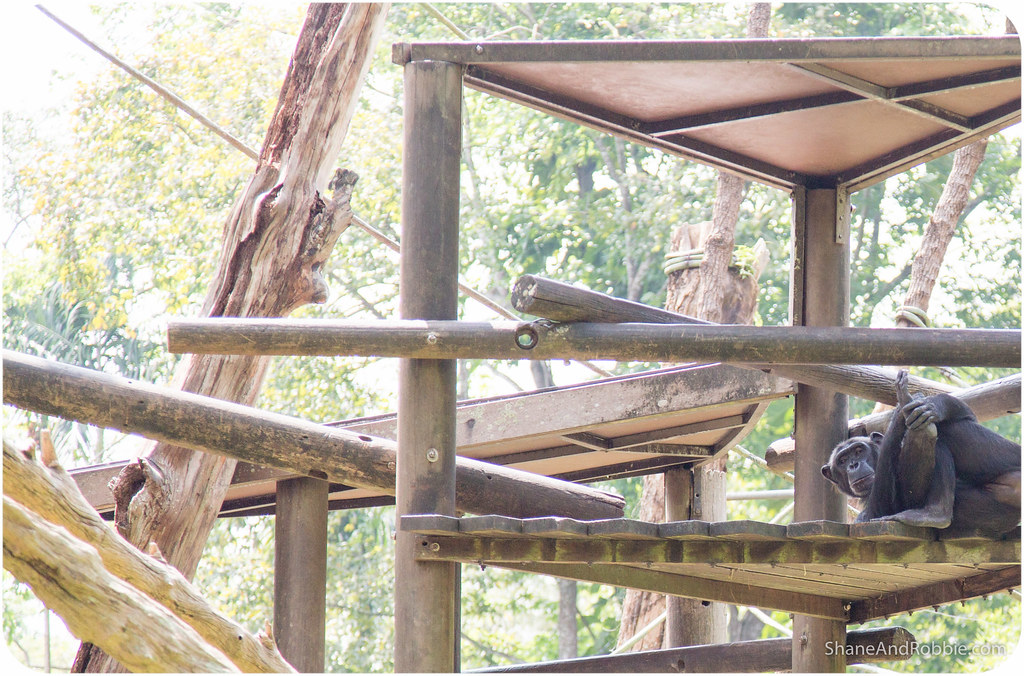
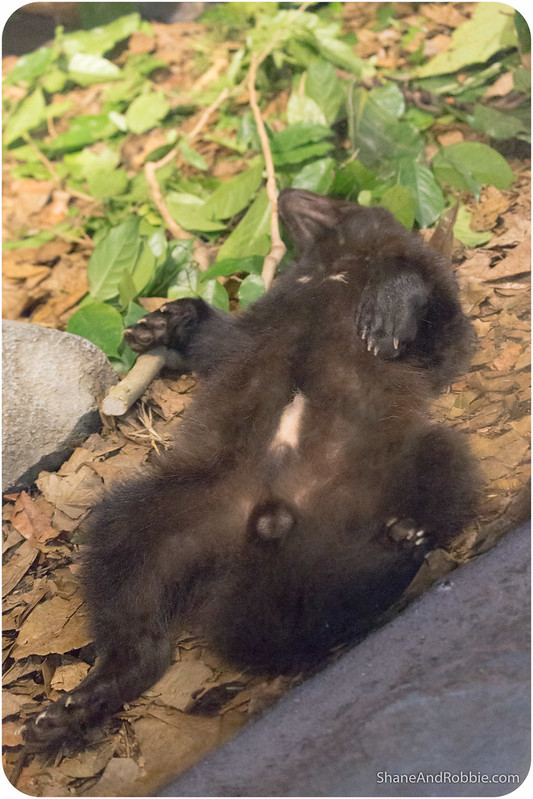
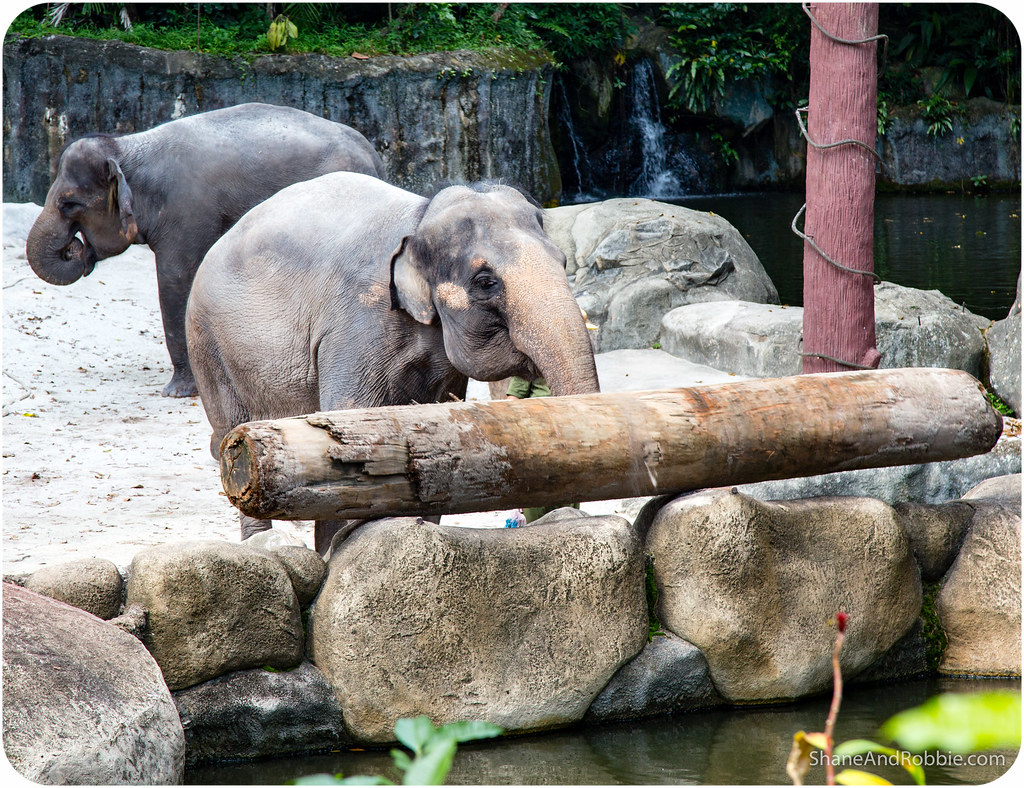
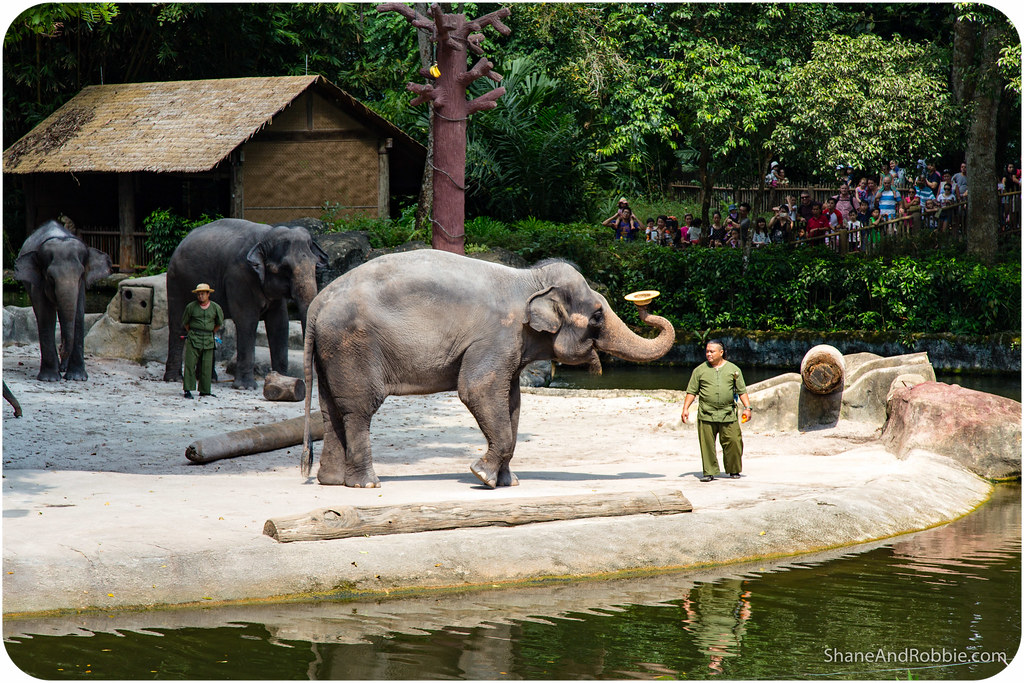
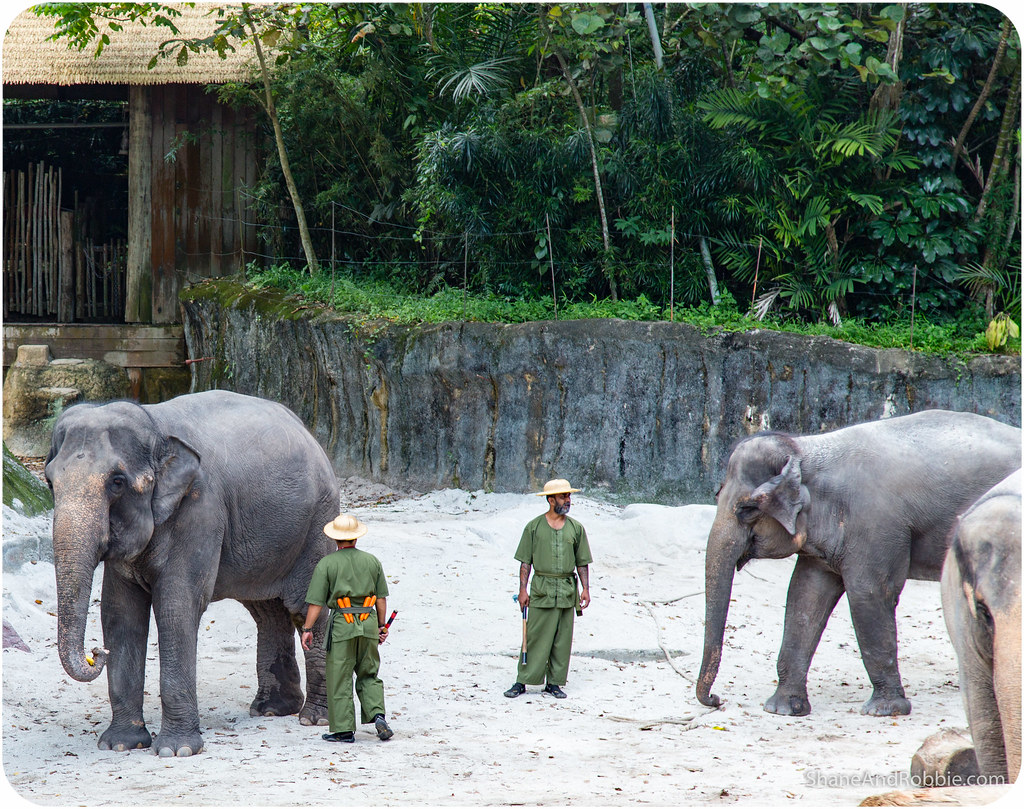
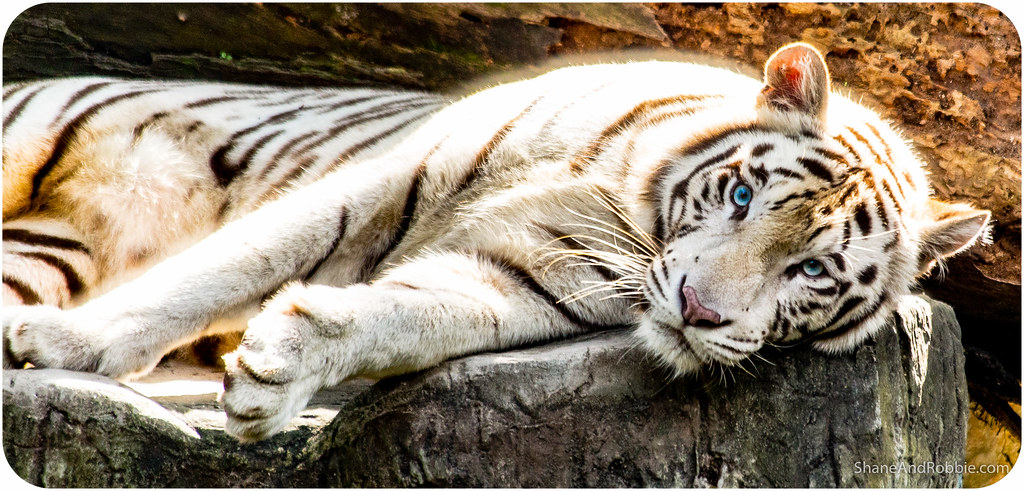
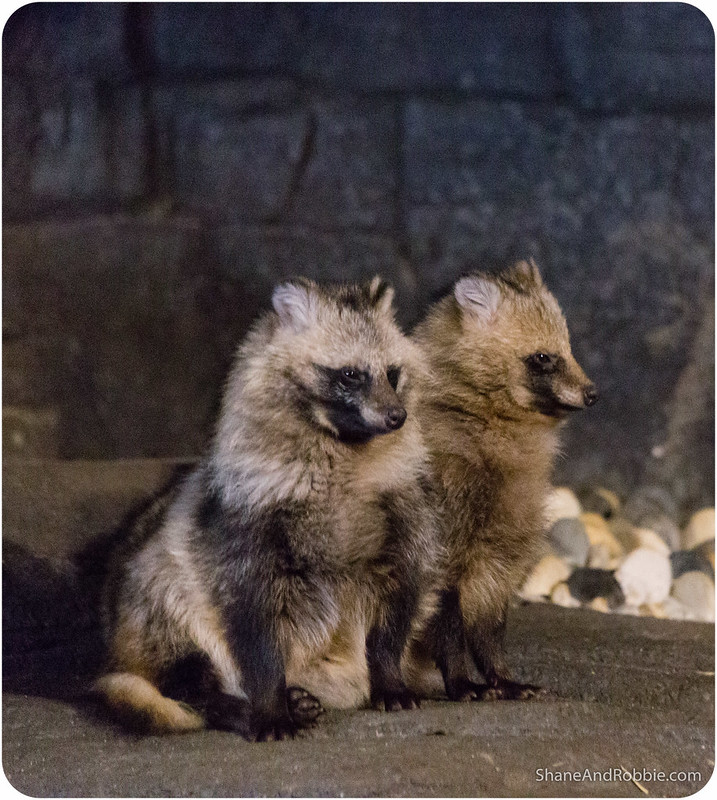

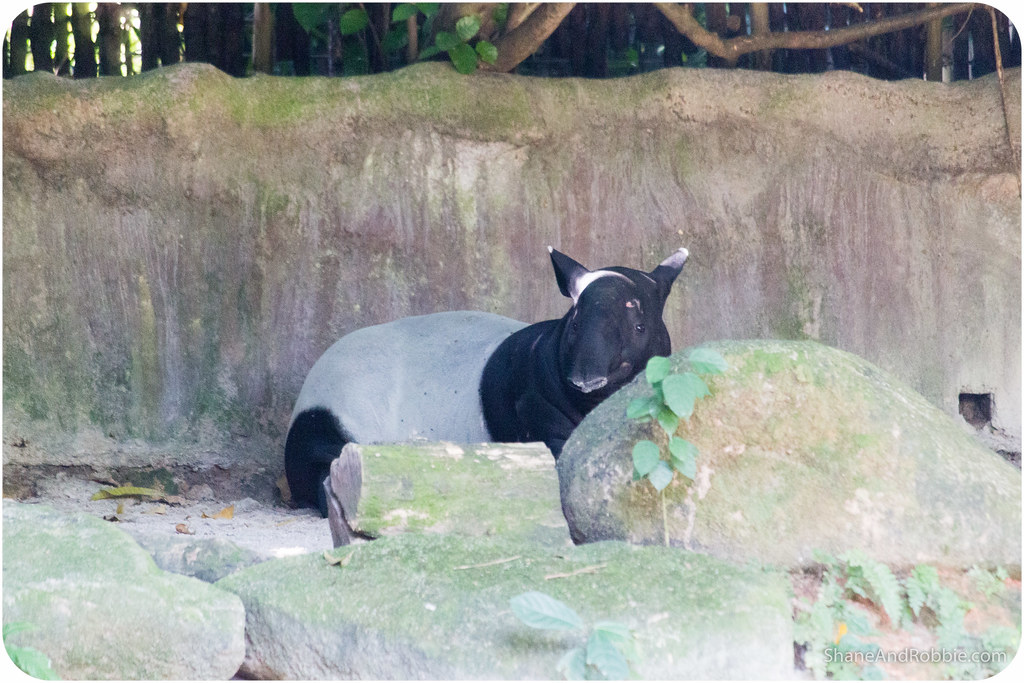
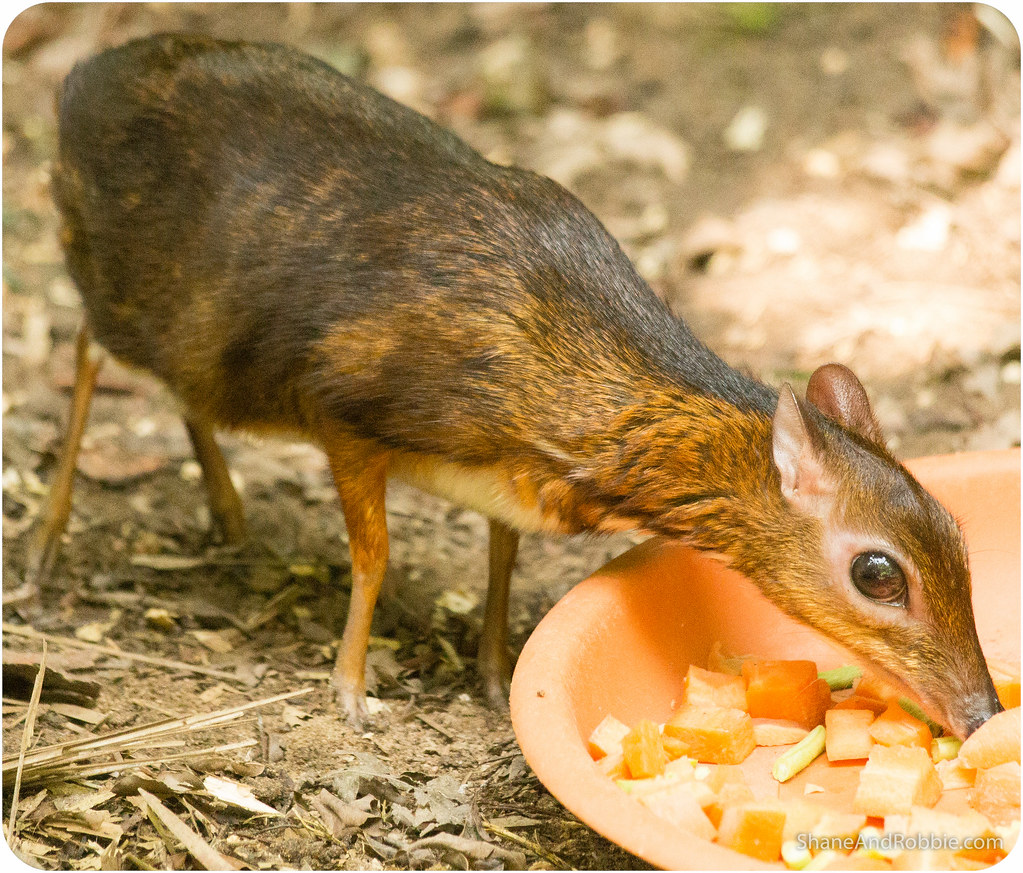
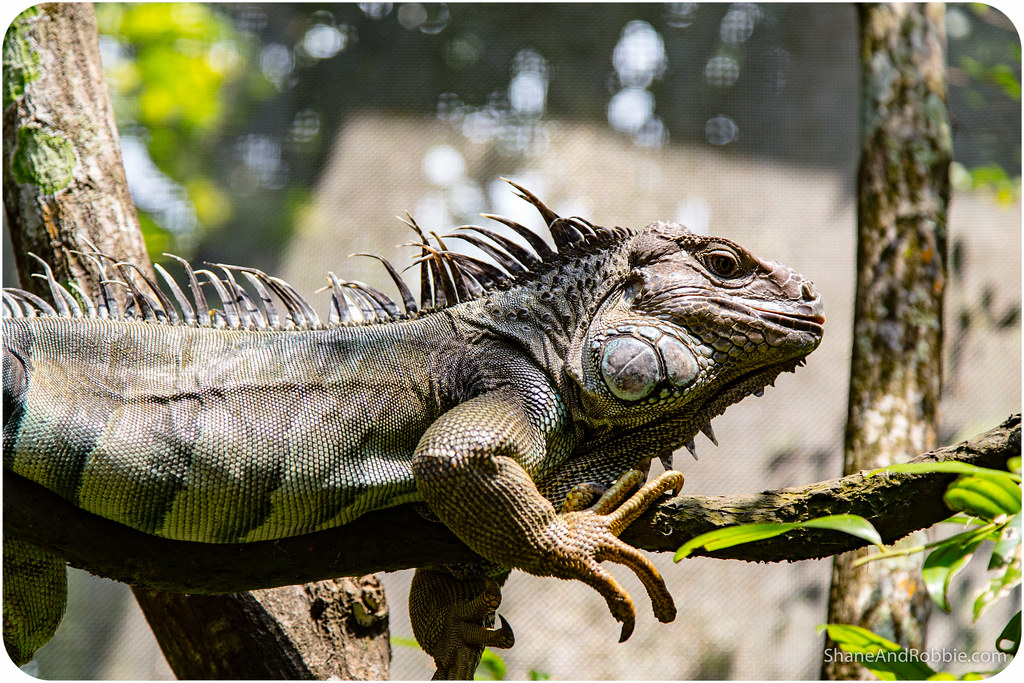
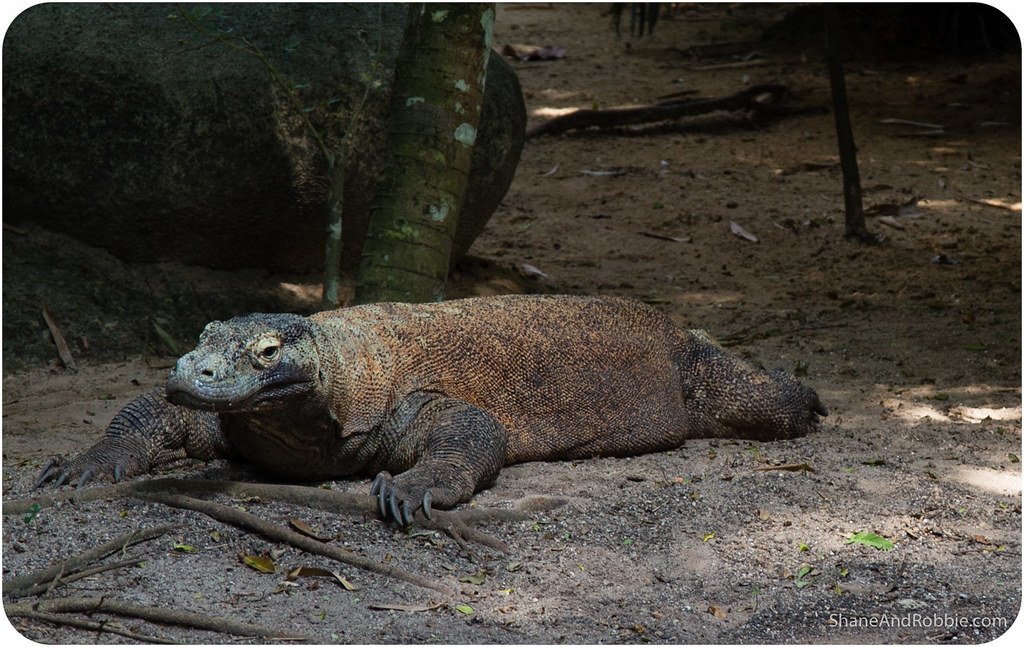
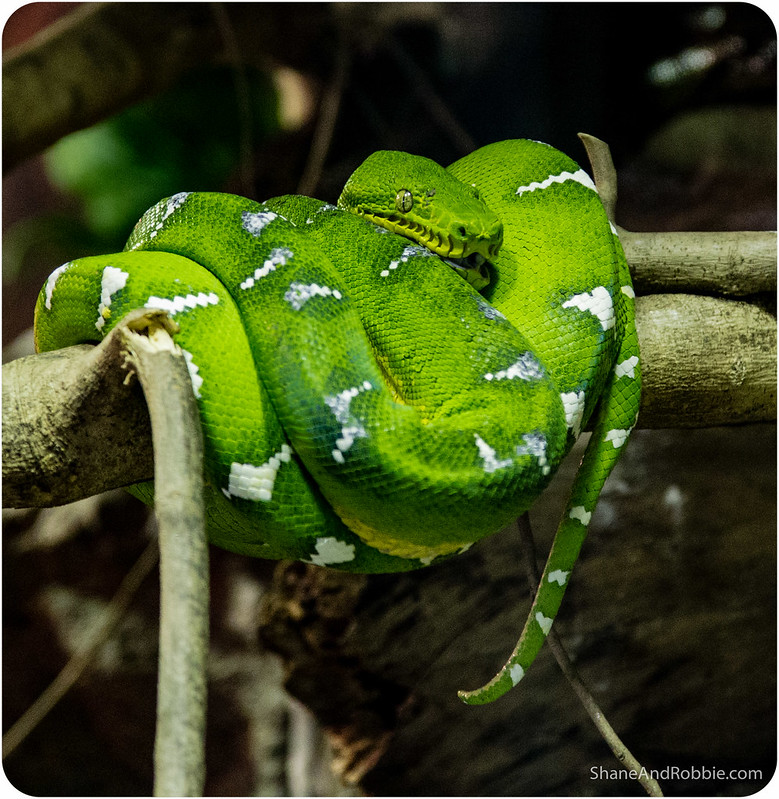
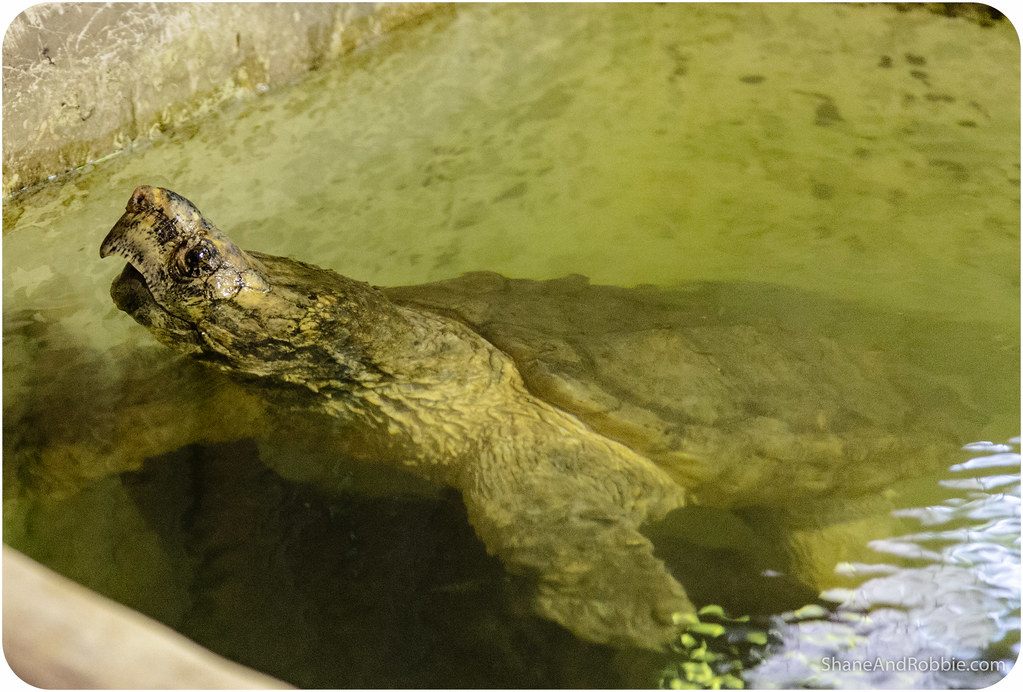
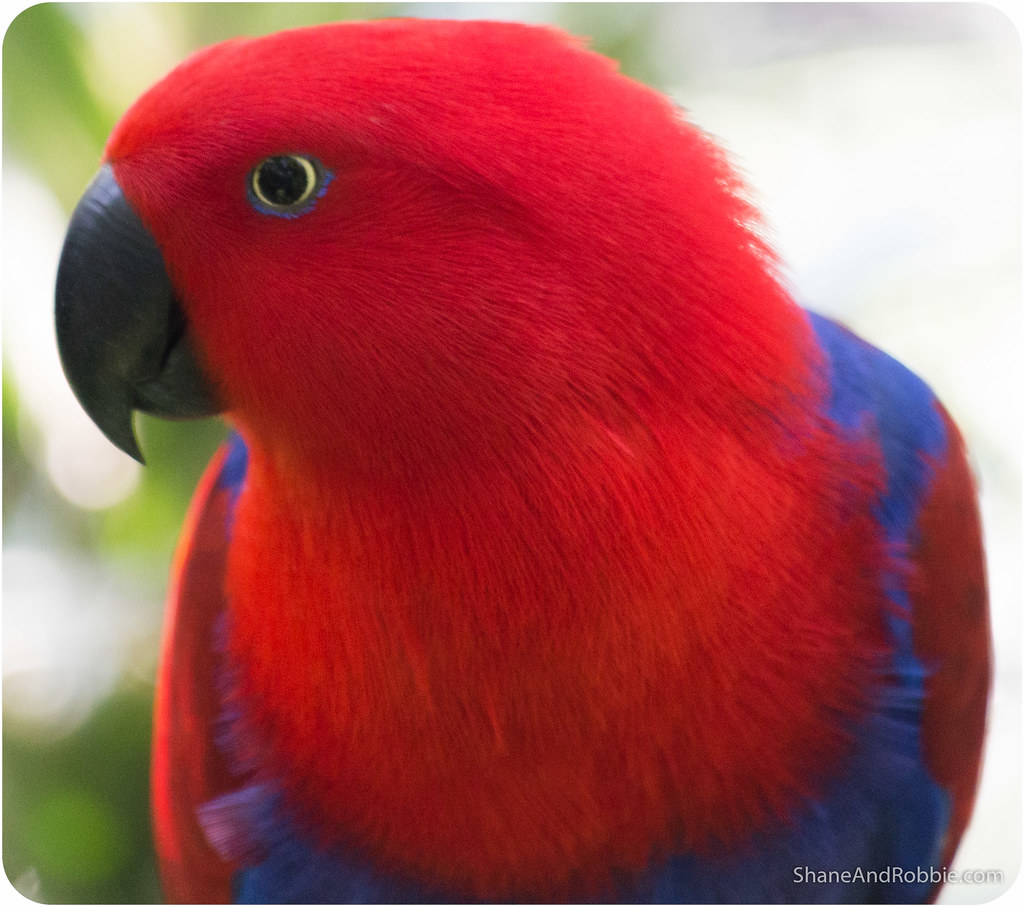
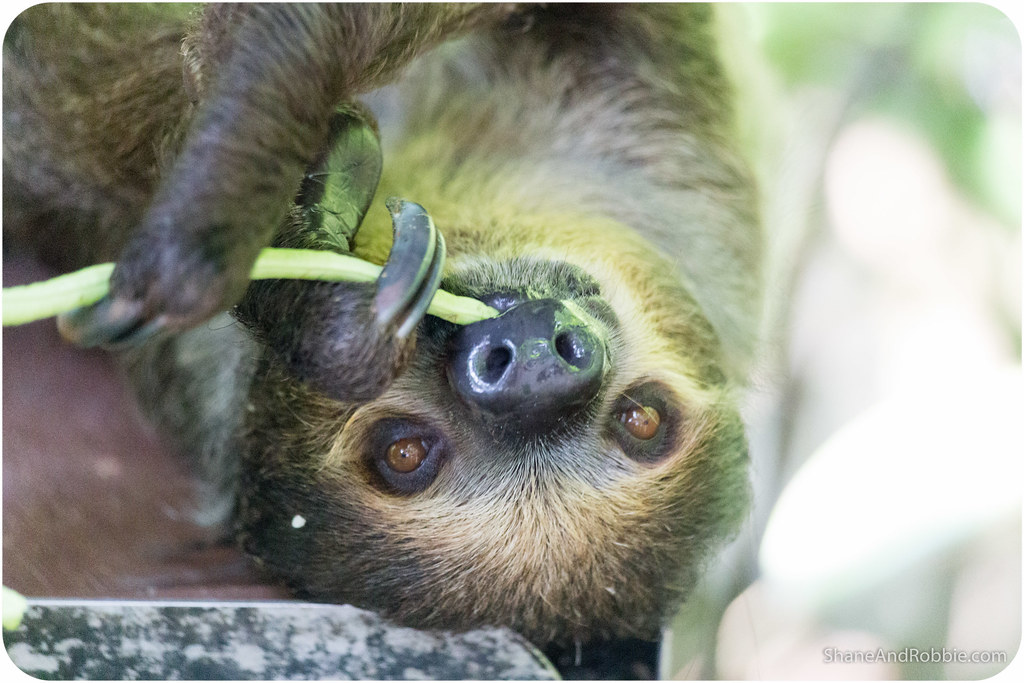
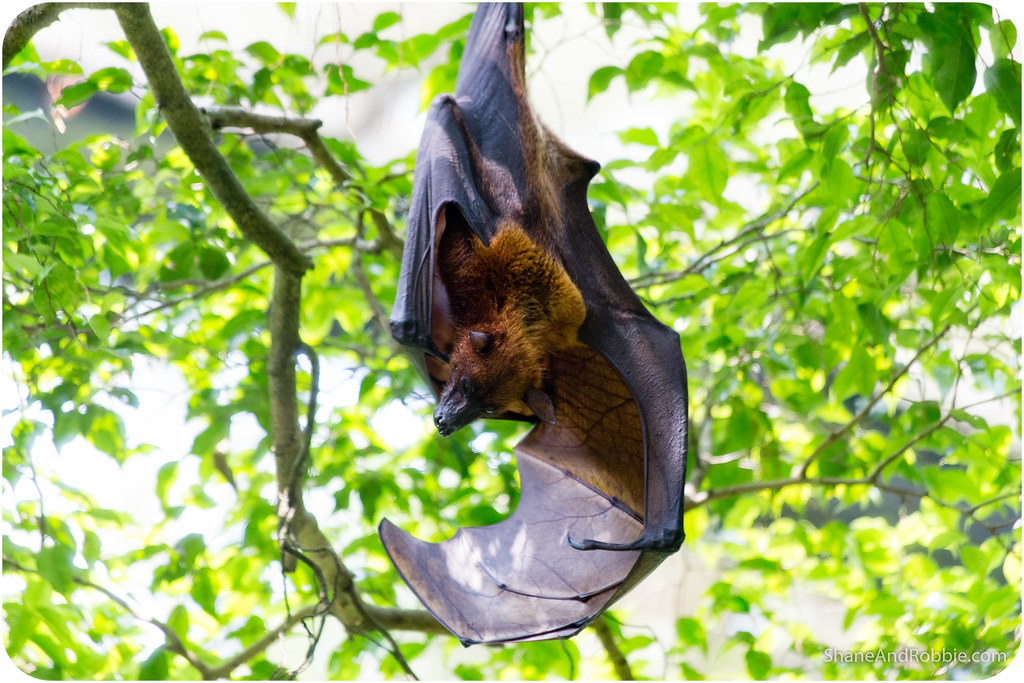

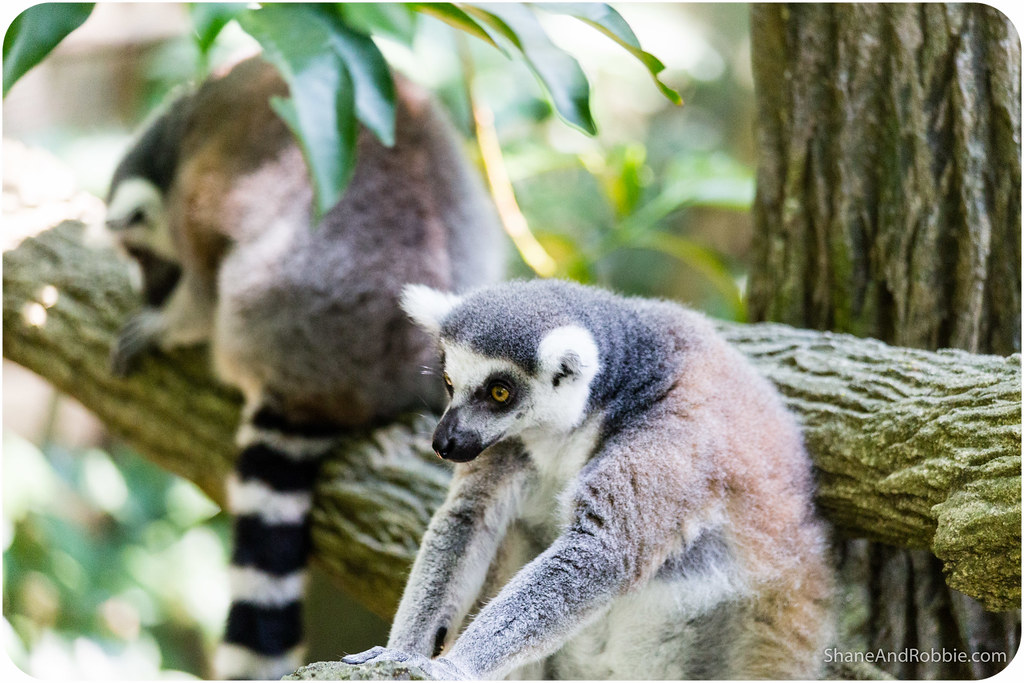

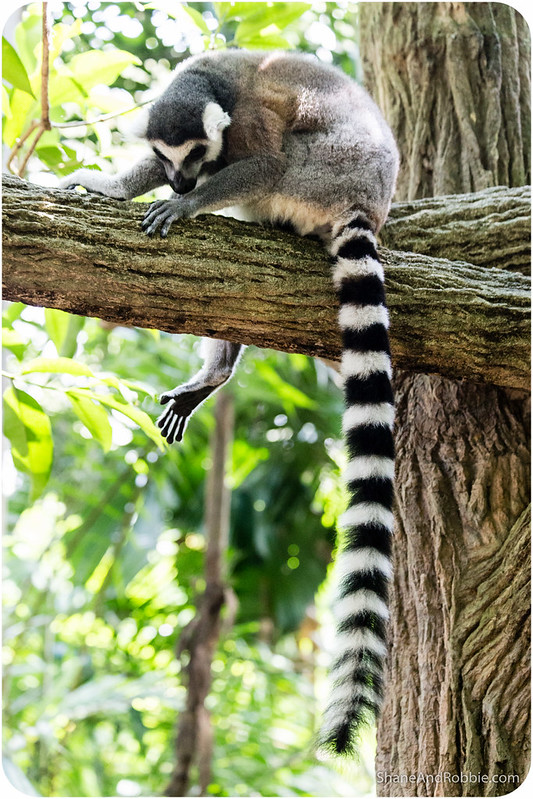
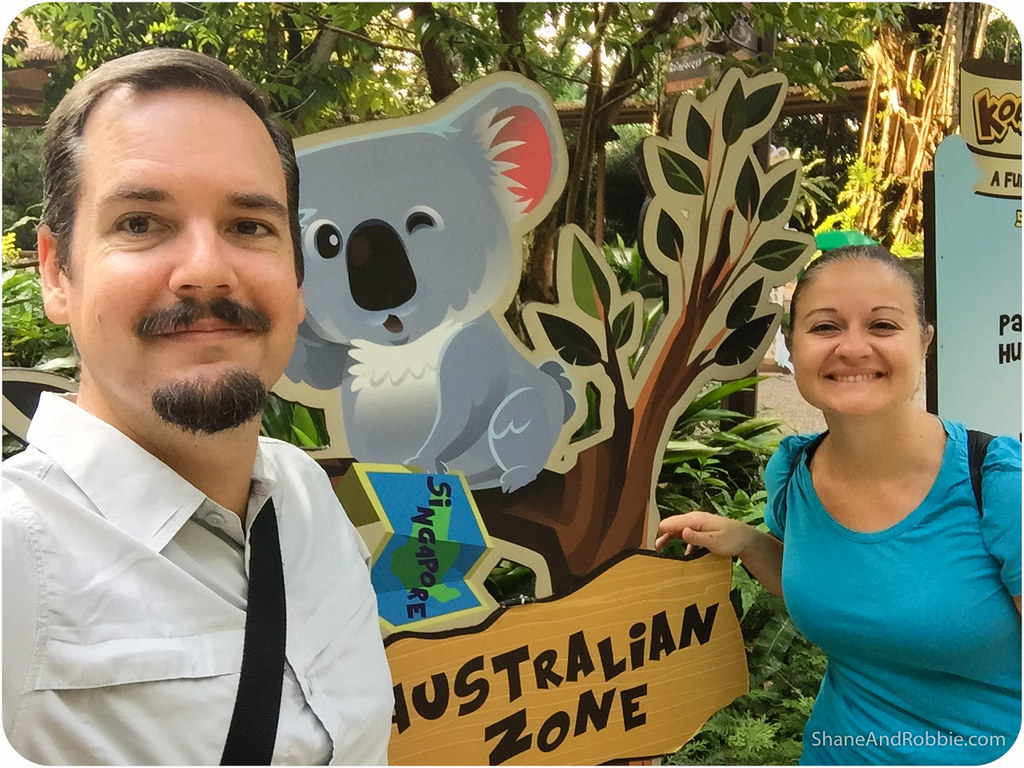


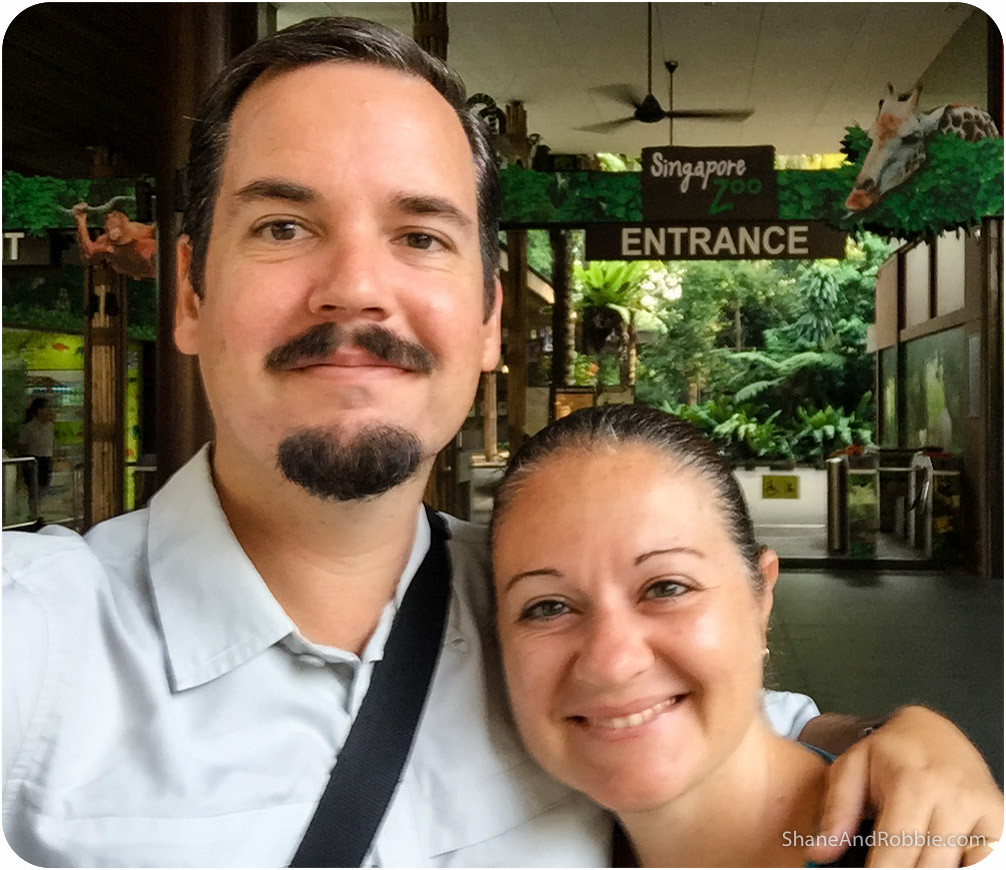
Wonderful, wonderful trip! I’ve loved every day of virtual travel – and love the Drop Bear warning. Welcome back, soon and have a Happy Christmas and New Year.